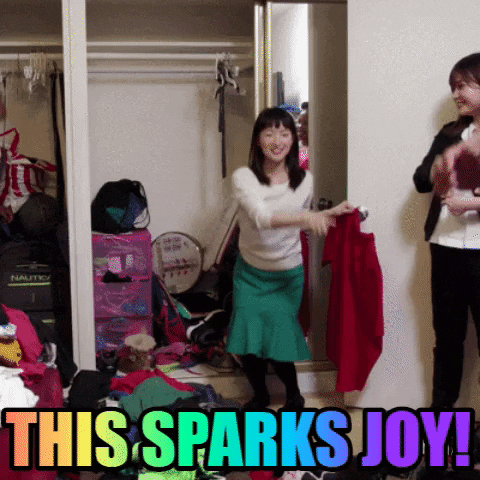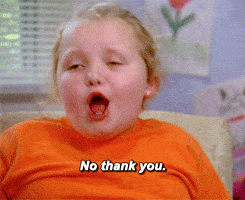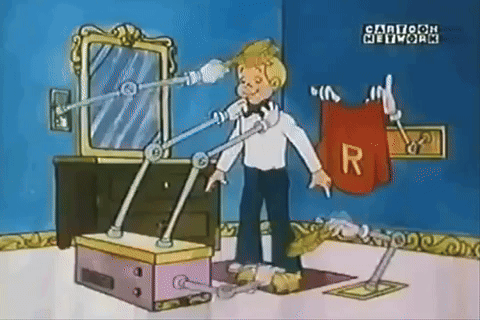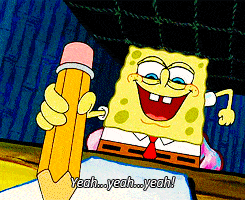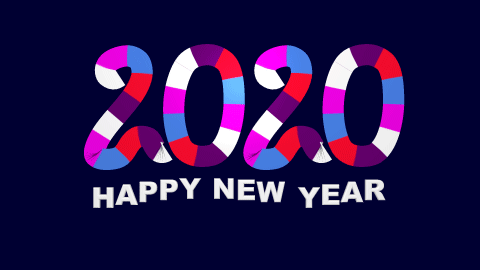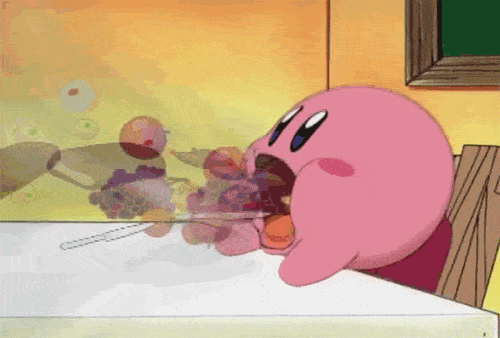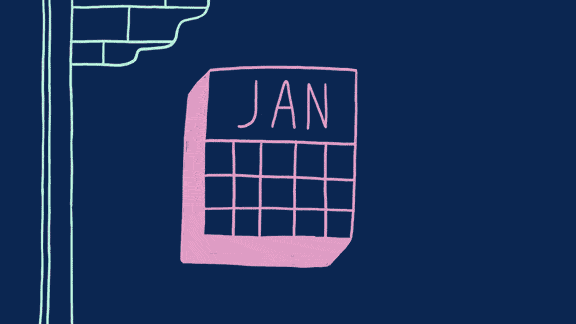- Feb 9, 2020
- 6 min read
Disclaimer: I am very very very far from this goal, but here is a) what I envision, b) what I had before today and c) what I just swapped to.
WHAT I ENVISION
a capsule wardrobe that fits for work and casual
every top can mix/match with every bottom
have 1 special occasion piece that I rewear (probs black)
have 2 of my fave summer dresses (note: that don't require special bras, i.e., not off-shoulder)
one pair of boots (for winter + for fall + for rain)
(when I move, have only minimal amount of stuff to move :0)
WHAT I HAD
tops
work tops: primarily blouses and work shirts, I have an obscene number of work shirts now that I entirely only partially like. these were hung up in my tiny tiny closet
other tops (pj tops): I too have an obscene number of tshirts
other tops (sweaters and non-pj tops and dresses?): this "other" category of "miscellaneous" things that were NOT bottoms and specific to different contexts was all mixed together. needless to say, this wasn't working.
the problem: other than the separated work tops, the rest of the "indoor" (i.e., pj) tops and "outdoor" (i.e., would wear in public) tops were folded in my below-bed drawers but mixed together. however, I found that instead of having the time to refold things every week, I would just leave it in one large pile and pick clothes out from the large pile, or from the drying rack loool
bottoms
my other "below-bed" drawer contained "bottoms", which ranged from pj bottoms (mostly leggings), neutral jeans, flamboyantly coloured jeans (including light blue, pink, and purple)
socks
i have one whole sock drawer and this sparks joy because they're all cutesy and i mismatch them.
I don't fold my socks I just yeet them anywhere in the drawer. this only works because I've defined my entire personality on mismatched socks so I no longer do the ~konmari fold to match them up anymore
i like mismatching the socks because I'm inserting that 0.2 ounces of chaos into my life when for the rest of my outfit i gotta be prim and proper.
this system works
intimates
yes, I'm going down into the deets
if this bothers you, you 100% can skip this section
although there's not much to say, I also just pretty much yeet my underwear in the front half of my intimates drawer and my bras folded and tucked away at the back
idk if you see the theme of "yeet into drawer and don't fold" but keep that in mind. you'll hear more about it later.
shoes
I didn't change anything re: shoes but will document here anyways
I have a moderately reasonable amount of shoes
flats (3x pairs): they're indoor shoes left @ lab, work, and practicum locations for the winter. my third pair's sole occasionally flaps open but I've taped it back together shh
running shoes (1x pair): for normal day to day casual wear + if I ever work out, idk
rainboots (1x pair): my second pair since moving here because I keep buying cheap ones. this one is a boxing day sale from forever 21, worth $10. these keep breaking and leaking and honestly I just gotta buckle down and invest in a pair of good ones.
snowboots (1x pair): also a cheap pair, got them for $30ish dollars from the men's section (tangent: BECAUSE PAYLESS ONLY SOLD "fashion boots" for women and I wasn't about that life, I'm gonna get my degree and avoid getting a concussion from slipping on ice tyvm). These are weird because they leak but only if the temperature is >-1C and puddles are in slush /semi-melted format. They do not leak if it's below -1C. So, I actually wear my rainboots in the winter if it's in the single digit negatives.
AS YOU CAN SEE THERE ARE SOME CRUCIAL FLAWS IN ALL OF MY SHOES but for now I'm just gonna make a mental note to save up for the next sales
WHAT I JUST SWAPPED TO
pjs
all my pj items are now in one drawer, unfolded. unfolded, because no one cares if my pjs are wrinkly, and apparently i care very much about having to fold clothes and I'm about reducing that resistance and increasing efficiency more than ~appearances for something that no one is ever gonna see
tops: mainly old tshirts, tshirt dresses, tank tops. all stuffed in a pile to the left. tank tops are middle-ish and tshirts are left-most so I can decide by temperature
bottoms: mostly shorts and leggings and sweatpants, thrown into one pile but lowkey "gradient" style, with winter bottoms closer to the front and summer pjs closer to the back so I pick the warmer ones first and if desperate and laundry not washed, i'll wear the stuff towards the back. when summer hits the switch will be easy, I'll just push the pile to the front
I actually borrowed this from my bf, who literally only wears white shirts and misc pj pants at home and has one (1) drawer for pjs. my pj tops are more varied but it doesn't matter if they match anything cuz im at home so this is a similar idea
work shirts/ sweaters/ dresses/ commonly worn bottoms
these are now all hung up, so that even though they're in one location, it's easier to pick them out, and also easier to organize when I first put them in
specifically, items go straight on the hangers when I first dry them out of the washer, and then when dry, I can insert them quickly into the sequence visually
order goes: work shirts, "outdoor" sweaters, dresses (summer -> winter), my 3 most commonly worn pants + dress
I think this is the beginning of my capsule wardrobe, because almost all items here pair with the pants
there's some odd sweaters that are lowkey pilled/ very strange that probs won't sell on poshmark and probs won't even be thrifted, and I still like them moderately and will wear them to lab, so I'm keeping them for my casual days of writing/ grocery shopping
less commonly worn bottoms
"the outdoor" bottoms, mostly jeans. now in the drawer that used to be just for bottoms.
it's actually incredibly empty now but I still sorted them into columns
column 1 (jeans I'll wear): jeans I moderately like but have small flaws in them, e.g., frayed ends (unprofessional), ripped jeans (too cold for <0C), blue jeans (weird jean texture).
column 2 (formal/work bottoms): my backup skirt, my summer skort, dress pants. these are all work/prac wear that I don't wear as normal for various reasons (e.g., weather)
column 3 (???): technically same as column 2, holding only one pair of really warm work-appropriate pants. they won't stand against other clothes and keeps pushing other ones over so it got its own column. the system isn't perfect lol
column 4 (jeans that do not spark joy): pink jeans, purple jeans, light blue jeans, and the pair of high waisted jeans that constrict breathing because I am no longer as skinny as I was in 6th grade but I love these pair of jeans
realistically, column 4 is on its way to being donated or sold on poshmark but I have yet to emotionally part with them (the high waisted pair) or I have to upcycle them in some way (the purple jeans have a hole in the crotch so I'll need to turn it into a bag or something)
these are all folded using the konmari method because I won't be refolding these often and it helps to see what I have and what needs to be moved on into its next life as a donation or upcycled item
socks & intimates & shoes
no change
I have a couple of bras that have lost the wiring in the wash (for reals) and I want to get them recycled and I think one way is to donate them in the boxes because what's not sold is recycled (supposedly), but also find it really gross to donate a broken bra and want to do it in a way that it entirely skips the "potentially resold" phase. I'll have to look into how to recycle textiles at some point.
THE ENDING
As you can see, it's not very capsule at all, but I'm slowly moving clothing towards a "to sell" pile on poshmark (once I figure out how to find affordable ways to package things to be shipped). But it's a start. And I think the most important shift of this change this week was streamlining my chore routine so that I can focus on doing the things that I actually enjoy. And that's what really sparks joy.
